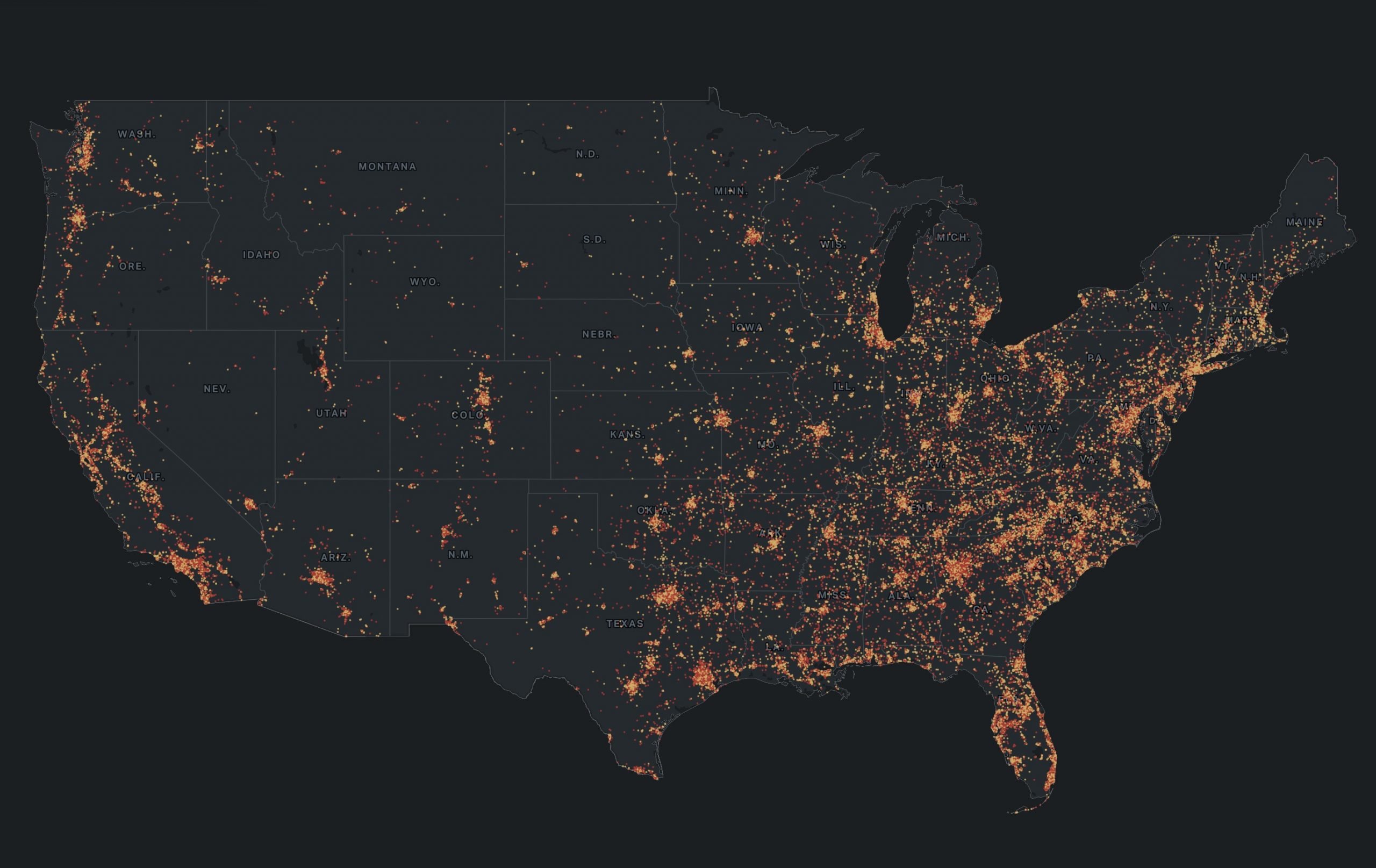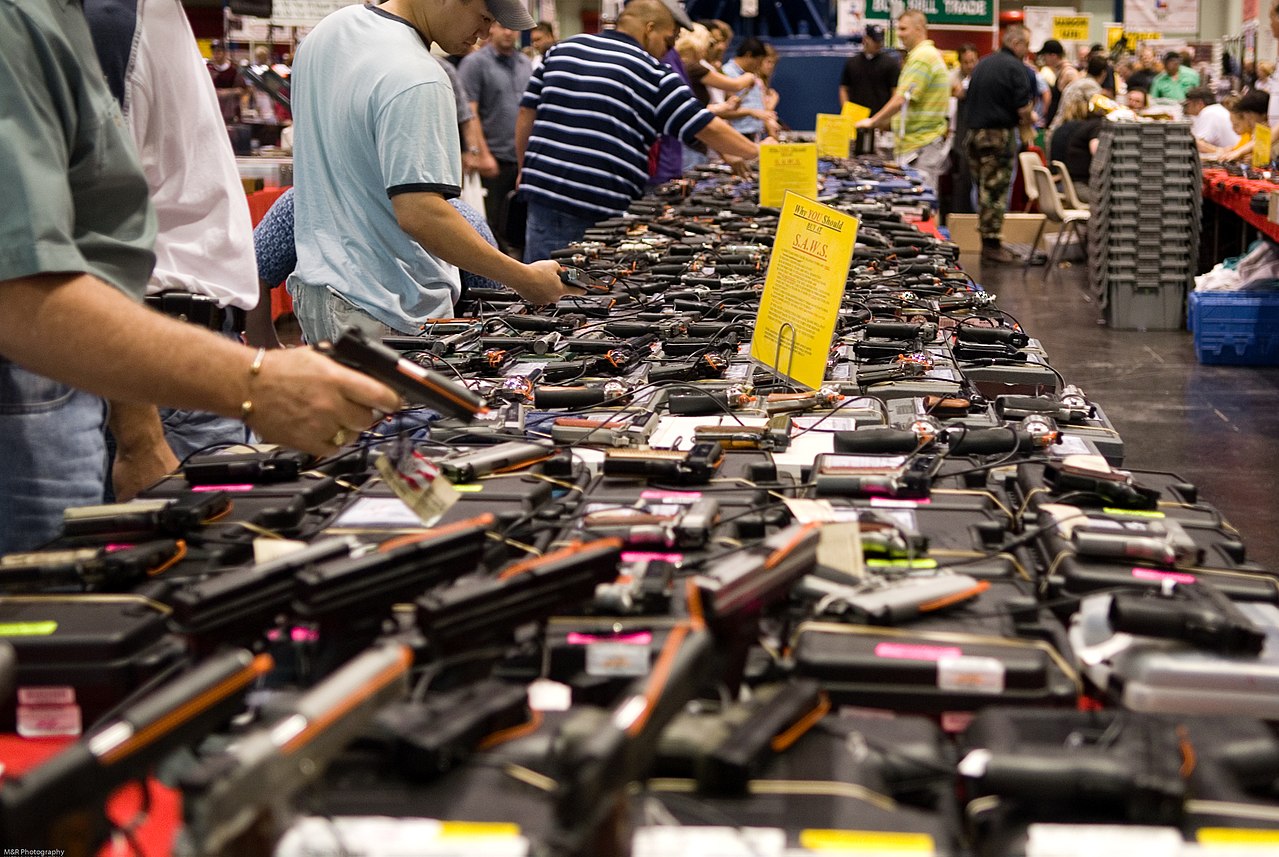It was supposed to be a banner year. In 2014, after nearly a decade perfecting its design, Armatix GmbH rolled out the first smart gun ever to go on sale in the United States. The Armatix iP1, a sleek .22-caliber pistol, was designed to work only if its user was wearing a wristwatch with a radio-frequency identification chip embedded inside. The gun’s debut drew plaudits from gun violence prevention advocates, who had long seen such gadgetry as a bulwark against accidental shootings and other gun-related deaths.
But the excitement was short-lived. Retailers in Maryland and California quickly scuttled plans to sell the iP1 after enduring a ferocious backlash from gun-rights supporters. Other retailers refused to enter the void, and Armatix fell into bankruptcy. While the company survived, hopes that the iP1 would be a breakthrough for smart gun technology were dashed.
Now, a new crop of entrepreneurs is drawing lessons from Armatix’s ill-fated foray to deliver smart guns capable of overcoming decades of consumer skepticism. This next generation of products promises to chamber more popular types of ammunition, be better shielded against hacking, and perhaps most important: be reliable when it matters.
“From the very beginning, I’ve used Armatix as an example of everything not to do,” said Kai Kloepfer, founder of Biofire Technologies in Boston. “The key difference with us is our product actually works.”
The optimism among entrepreneurs was on full display on January 16 when an array of gun safety device startups converged on a technical college just outside of Milwaukee to show off their inventions. The exhibition was the second such event sponsored by a national coalition of religious groups and community organizations intent on harnessing the purchasing power of public entities to popularize technologies that have long been relegated to the margins of American gun culture. It is a well-tested strategy, drawn from the likes of Glock, Smith & Wesson, and Colt, whose weapons gained prestige among civilians after being adopted by law enforcement.
“If it’s accepted by the military and police, then it will be accepted by the general public,” said Milwaukee County District Attorney John Chisholm, one of dozens of law enforcement officials and elected leaders who attended the Firearm Safety Expo at the Milwaukee Area Technical College. “There’s optimism about this now, and I think some of that resistance you’ve seen is going to dissipate once we show that this technology is reliable.”
Some models are tantalizingly close to launch: Kloepfer, whose company built a fingerprint-activated, .40-caliber handgun, said the weapon could be selling as early as 2020. A Swiss company, SAAR, is aiming to roll out an assault-style rifle with user-recognition technology for law enforcement within months, first in Europe, but with an eye toward the American market. And Pennsylvania’s LodeStar Firearms could be offering a 9mm pistol activated by radio-frequency identification (or RFID) or a pin code in 18 months. Gareth Glaser, LodeStar’s CEO, said that he had received a verbal commitment from a major retailer to sell the company’s debut model.
“Getting national distribution is a huge issue,” Glaser said. “When we are ready to get this out there, it will probably start in a handful of stores, and then expand from there.”
The push for smart guns has been fueled by a smattering of benefactors, including big-name Silicon Valley investors and a former gun industry heavyweight. Biofire was among more than a dozen companies that in 2014 won a combined $1 million in capital from the Smart Tech Challenges Foundation, a group founded by one of the early backers of Google and PayPal. LodeStar has also received financial support from a former Smith & Wesson executive.
However, smart gun startups are struggling to keep cash infusions flowing. Margot Hirsch, president of the Smart Tech Foundation, said many potential funders were wary of the technology becoming a pathway to more firearms on the street, but she thinks those attitudes will change as more people realize that smart guns mark a common ground between those who favor unfettered access to firearms and those who want tighter controls placed on them. “The reality is that guns aren’t going away … so we need to figure out how to make guns safer,” Hirsch said.
Leading the charge to sway public perceptions is Metro IAF, which launched the Do Not Stand Idly By campaign in 2013. To date, the coalition has gotten more than 120 local and state agencies to sign on to a letter asking gun manufacturers for information about their safety-related activities, including any efforts to develop smart guns. The letter was meant in part as a show of interest among public buyers, which as a bloc account for about 40 percent of all firearm sales in the United States. “If we can put some more pressure on the manufacturers, they will do it,” said Barry Weber, the chief of police in Wauwatosa, a suburb outside Milwaukee. “They just need the incentive to do it.”
Not all of the designs featured at the Milwaukee showcase were smart guns, per se, but they incorporated many of the same state-of-the-art safety features. One entrepreneur demonstrated a docking station called Everwatch that emits an alarm and fires off a text message to gun owners when their weapon are picked up. Safety advocates believe such accessories may be more appealing to owners worried about built-in electrical components failing them during an attack. Another company, Identilock, already has on the market a biometric trigger lock. It’s so popular that Identilock’s been unable to keep up with demand.
Add-ons like trigger locks have been around for years, so it is little surprise that gun owners would embrace a more sophisticated version over older, clunkier locks that rely on keys or combinations. Smart guns face a tough battle to win over consumers. But boosters are confident that just as Americans have come to rely on biometric sensors and RFID to do things like unlock their cell phones and start their cars, gun owners will warm to the idea of incorporating similar gadgets into their weapons.
In interviews, makers of smart guns dismissed the notion that Armatix’s flop signaled an unreadiness for smart guns among American gun buyers. The iP1 was chambered for .22-caliber, or “Boy Scout rounds,” as Kloepfer put it, which are widely considered too weak for adequate self-defense. Also, there were doubts about the iP1’s reliability: One hacker defeated the gun’s security system with $15 worth of magnets, and tests by the National Rifle Association found that it frequently misfired. Glaser said that instead of tapping big-box retailers, Armatix debuted its guns in mom-and-pop shops, which are more sensitive to boycotts.
The next generation of smart guns aims to succeed where Armatix failed. The handguns developed by Biofire and LodeStar fire rounds with greater stopping power, boosting their appeal for self-defense. Both companies say they are going to great lengths to make the technology more secure, relying on encryption, third-party testing, and designs that lessen their vulnerability to hacking. They will also be conducting extensive testing to ensure their handguns do not suffer from the same reliability issues as the iP1. “It’s definitely a technical challenge to make a product for consumer use,” Kloepfer said. “But I’d rather not be selling anything than sell something that doesn’t work.”
Kloepfer and other smart-gun supporters acknowledge that the technology is not a cure-all for the country’s gun violence epidemic. Smart guns would not prevent most mass shootings — for which perpetrators usually buy their firearms legally — though they could have made a difference in the 2012 assault on Sandy Hook Elementary School in Newtown, Connecticut, in which the attacker took his mother’s firearms on a rampage that killed 26 people, most of them first-graders. Developers also believe that their designs could thwart a significant number of accidental shootings, suicides, and crimes involving stolen weapons, which collectively claim tens of thousands of lives every year.
One of the hurdles for smart guns is the lack of support from major gun manufacturers. In 2000, Smith & Wesson agreed to invest in the technology as part of a settlement with the Clinton administration, provoking boycotts that nearly drove the company out of business. The prospect of enduring a similar backlash has undoubtedly made other manufacturers think twice about joining the pursuit. The electronic components required to make a gun smart are also costly to develop, with some price tags running into millions of dollars, and there are sharp disagreements over how much demand for smart guns actually exists.
“The consistent statement from manufacturers has been, ‘We think it’s good, we like it, but we don’t want to be first,’” Ehren Achee, a co-founder of Ignis Kinetics, a Nevada-based smart-gun start-up, told The Trace. “They don’t know how the market is going to cast this, and that fear, uncertainty, and doubt is a big barrier.”
Smart-gun start-ups are also grappling with critics who see computer chips and tracking devices as edging precariously close to Big Brother, and who may be unlikely to accept assurances that the technology is not a government conspiracy aimed at taking remote control of their guns. The NRA, while insisting it is open to the development of smart guns, has nevertheless sown seeds of doubt. In 2000, the NRA’s lobbying arm denounced smart guns as a thinly veiled attempt by gun control advocates to “force the price of guns beyond the budgets of many Americans.” Taking its criticism one step further, the group said the technology could give rise to government mandates requiring all “dumb guns” be disabled or destroyed.
Those fears appeared confirmed two years later, when New Jersey passed a law forbidding the sale of any traditional firearms within three years of the first smart gun becoming commercially available in the United States. The law backfired, prompting gun owners to spurn any entity that dare trigger the mandate by bringing a smart gun to market. In 2015, a similar measures was defeated in California. That same year, Representative Jerry McNerney, a Democratic congressman from California’s Central Valley, introduced unsuccessful legislation that would have required guns purchased by police departments using certain federal grant funds to include smart safety features.
The NRA has continued to urge caution on smart guns and repeatedly denounced mandates like New Jersey’s as unwarranted government intrusion in the marketplace. On that latter point, smart-gun makers agree, saying the New Jersey mandate needs to be scrapped before their inventions can succeed. “That New Jersey law has been brought up innumerable times to explain why the U.S. market is bad for this,” Achee said. “You may get something that works, but nobody wants to put it on the store shelf.”
Lawmakers in Trenton passed a partial repeal of the mandate in 2016, but then-Governor Chris Christie let the bill die on his desk without his signature. But smart-gun hopefuls have found reason to stay optimistic: The bill has been reintroduced, and the state’s new governor, Phil Murphy, has vowed to approve it.


